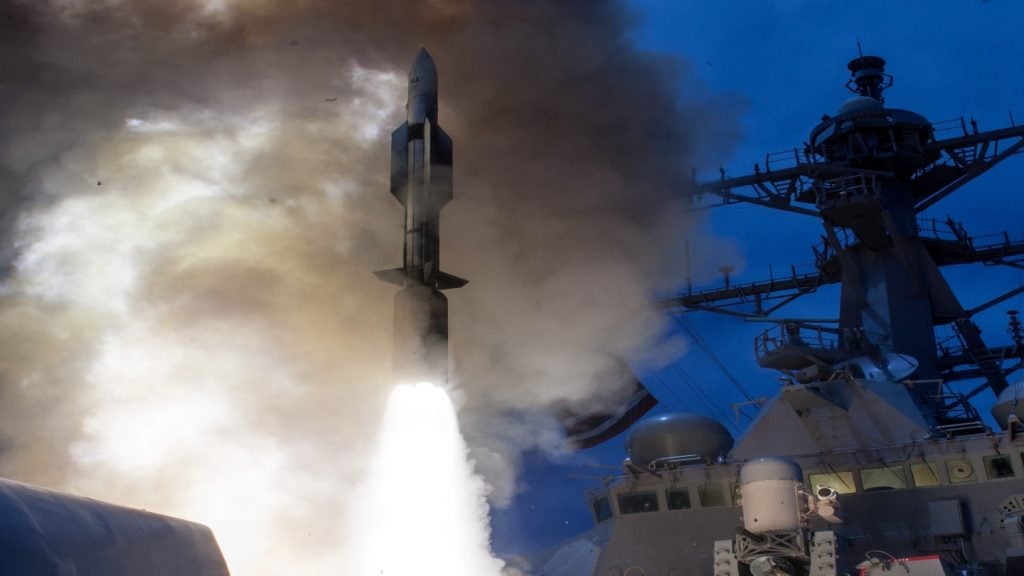The UK Royal Navy’s next-generation helicopter, the AW159 Wildcat Lynx, will begin extensive sea trials both on and off the Type 23 frigate HMS Iron Duke in the English Channel next month.
Free Buyers Guide
Leading Guide to Submarine and Submersible Suppliers for the Naval Industry
Thank you.
Go deeper with GlobalData
Related Company Profiles
Your download email will arrive shortly.Please check your mail inbox to download buyer's guide
You may also be interested in:

The AgustaWestland-built aircraft will begin the initial ‘Ship Helicopter Operating Limits’ trials in Lyme Bay to help define its operating limits when carrying payloads and weights, and under all weather conditions. HMS Iron Duke, accompanied by a team of 30 experts for evaluation, has been fitted with specialist instruments to record every aspect of the trials.
The helicopter has completed ‘hot and high’ trials in Colorado, US, and has flown at sea on and off the auxiliary vessel RFA Argus. The next generation of light multi-role helicopter has been upgraded with a robust airframe construction, fully integrated avionics, a glass cockpit and modernised engines.
The 6t helicopter, powered by two new-generation CTS800 engines, is an improved version of its predecessor, the Westland Super Lynx, and has a payload capacity of 5,790kg, with a built-in capacity to increase that to 6,250kg. The Wildcat, capable of deploying from smaller vessels, is designed to conduct missions ranging from anti-submarine warfare, reconnaissance, transport of troops and equipment to force protection and support of amphibious operations.
Under a contract signed by the UK Ministry of Defence (MoD) with AgustaWestland in 2006, the navy aviation arm will receive 28 Wildcats to perform various maritime attack missions, while 34 aircraft will be provided to the British Army. The first naval version of the Wildcat helicopter is scheduled to be operational in 2015, while the army variant will begin operations in 2014.
Free Buyers Guide
Leading Guide to Submarine and Submersible Suppliers for the Naval Industry
Thank you.
Your download email will arrive shortly.Please check your mail inbox to download buyer's guide
You may also be interested in:

By downloading this Buyers Guide, you acknowledge that GlobalData UK Limited may share your information with our partners/sponsors who may contact you directly with information on their products and services.
Visit our Privacy Policy for more information about our services, how GlobalData may use, process and share your personal data, including information on your rights in respect of your personal data and how you can unsubscribe from future marketing communications. Our services are intended for corporate subscribers and you warrant that the email address submitted is your corporate email address.







